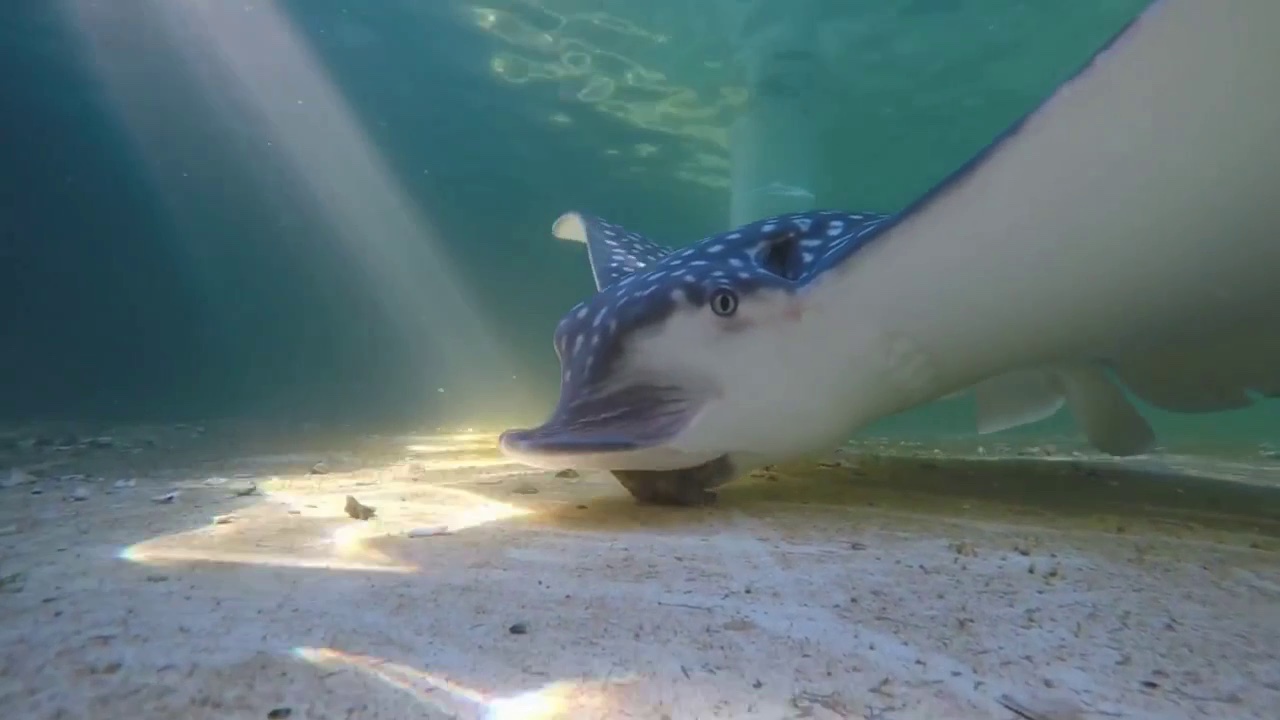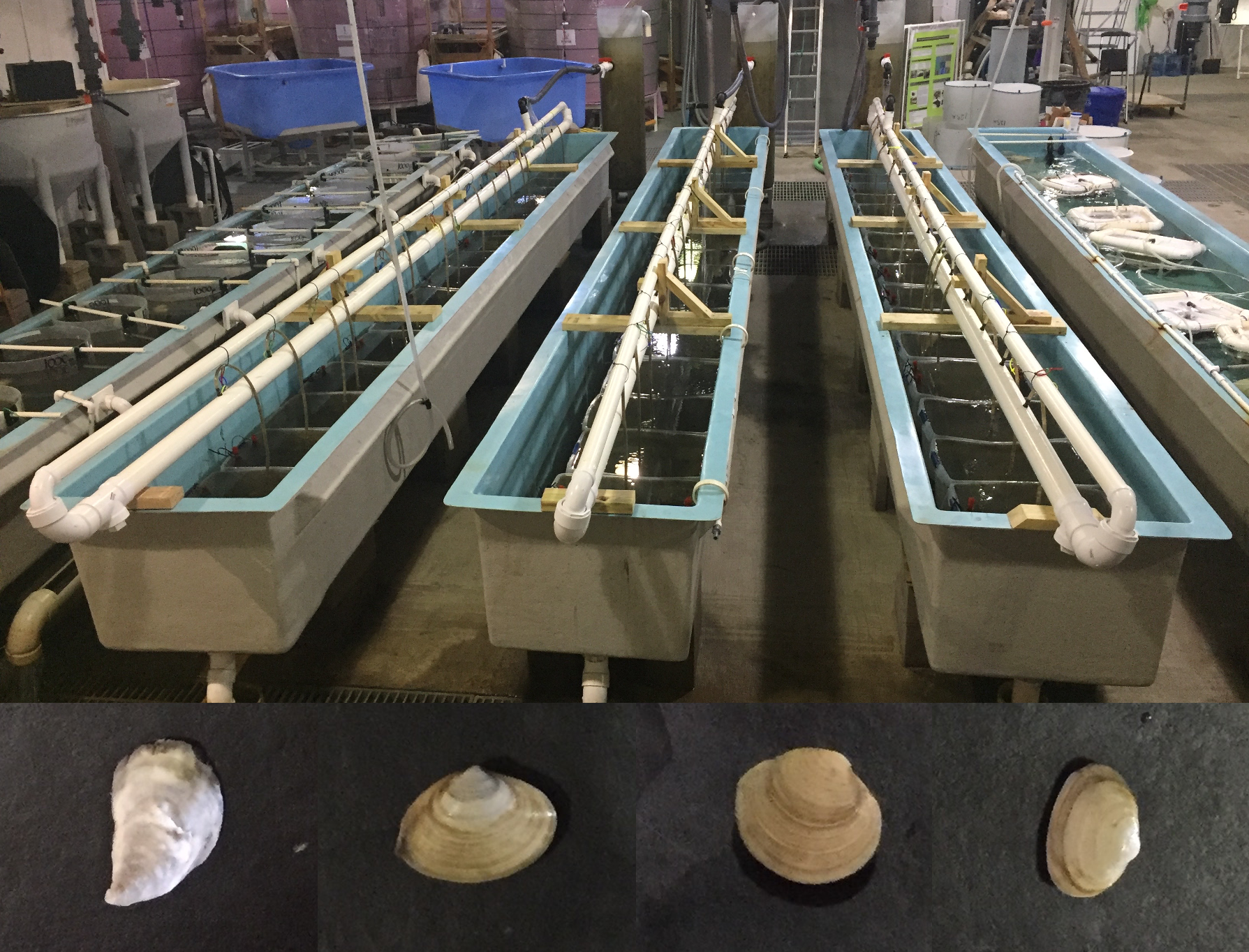It’s not just humans who enjoy eating shellfish, so do marine rays. They like to “crunch” on clams, which can sometimes take a big bite out of clammers’ profits. Using aerial and underwater videos, researchers assessed the ability of the whitespotted eagle ray to interact with clams housed within a variety anti-predator materials. Whitespotted eagle rays have strong jaws, plate-like teeth and nimble pectoral fins, which make them formidable and highly maneuverable predators of clams.
Tag: Clams
Scientists Recover Collapsed Clam Population and Water Quality in Shinnecock Bay
Today scientists from Stony Brook University’s School of Marine and Atmospheric Sciences (SoMAS) announced the culmination of a decade of science in a paper published in Frontiers in Marine Science, an international peer-reviewed journal, which describes a novel restoration approach used in Shinnecock Bay that has led to a 1,700 percent increase in the landings and densities of hard clams in that estuary, along with the expansion of seagrass meadows and the end of harmful brown tides – a result that brings the Shinnecock Bay back to its 20th Century glory for shellfishing and the result may serve as a shining example of a process to restore other estuaries around the country and world.

Crunch! Underwater Acoustics Expose ‘Shell-crushing’ Sounds in a Large Marine Predator
“Shell-crushing,” an explosive sound, occurs when marine animals crack open hard shells like clams to eat the edible tissue. There hasn’t been any data to support this feeding noise, until now. A study is the first to quantify these sounds using underwater acoustics in a marine animal in a controlled setting. Scientists know what type of shell a ray is eating based on the sound it makes and show it’s audible above ambient noise in lagoons out to 100 meters.

Oysters and Clams Can be Farmed Together
Eastern oysters and three species of clams can be farmed together and flourish, potentially boosting profits of shellfish growers, according to a Rutgers University–New Brunswick study. Though diverse groups of species often outperform single-species groups, most bivalve farms in the United States and around the world grow their crops as monocultures, notes the study in the journal Marine Ecology Progress Series.